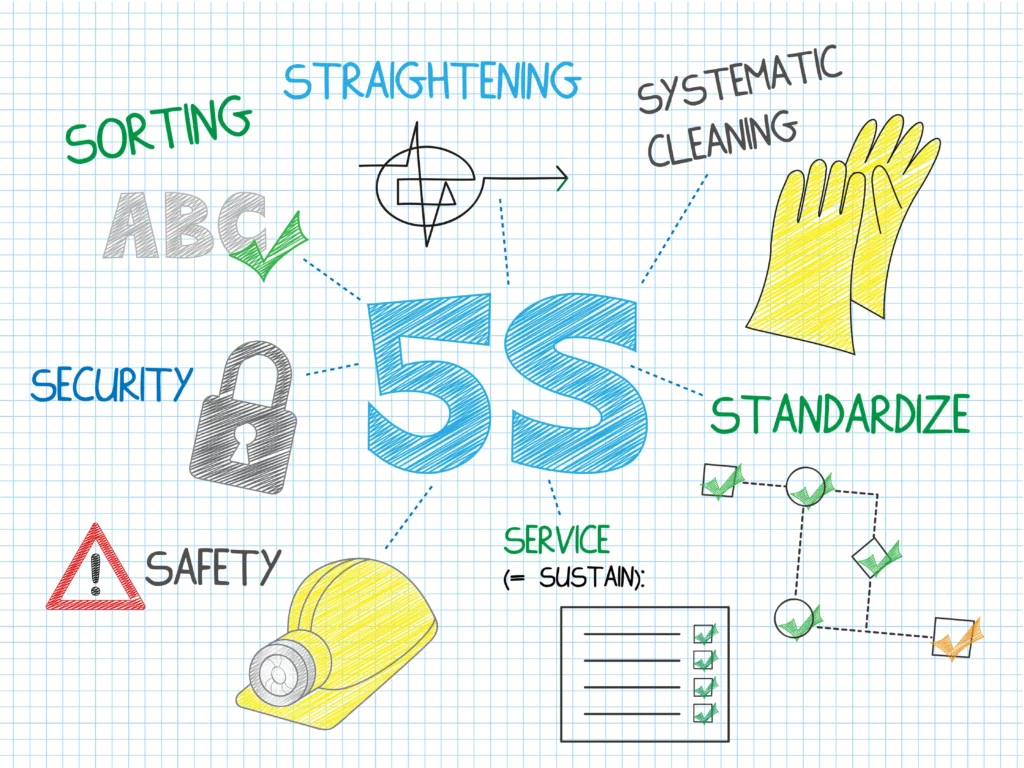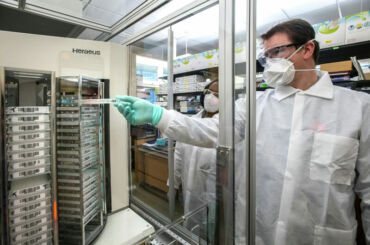What is the 5S Methodology and Its Purpose
The 5S methodology is an organizational system used in manufacturing and other industries to promote workplace safety and efficiency. It stands for Sort, Set in Order, Shine, Standardize, and Sustain (5S). The goals of 5S are to improve quality and reduce waste.
The purpose of using this methodology is to create an organized work environment where employees understand their responsibilities and have clear expectations for success in their roles within the organization’s operations. When implemented correctly, it can help reduce costs associated with production while also increasing quality assurance standards across all levels of production chain management in an organization’s manufacturing process.
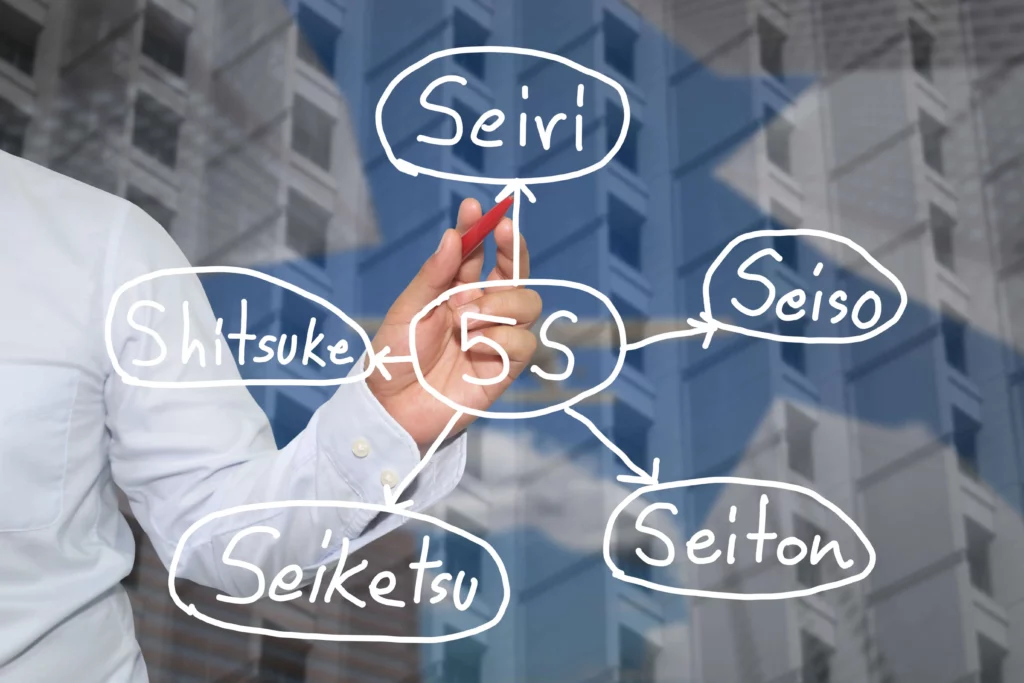
What are the 5S in the 5S Process?
The 5S process is an organizational and efficiency system developed in Japan that seeks to create a safe and organized work environment with clear expectations for employees. It is widely utilized in the manufacturing industry for its effectiveness in streamlining processes and improving efficiency. The 5S stands for sorting, setting in order, shining, standardizing, and sustaining. Each step of the process is essential for achieving optimal performance and productivity within a given workplace.
Sorting (Seiri): This first step focuses on removing any items from the workspace that are not necessary or relevant to the task at hand. Anything that isn’t needed should be discarded or stored away to ensure a more organized work area. Doing this helps simplify tasks by reducing distractions and unnecessary clutter, allowing employees to focus solely on what’s important.
Setting In Order (Seiton): This step involves organizing all necessary items so they are easy to find when needed. Every item should have an assigned location, making it easily accessible whenever it needs to be used or put away after use. Proper labeling of all tools, equipment, and materials is key here as it will help speed up workflows and reduce frustration when looking for something specific among a large number of items.
Shining (Seiso): Once everything has been sorted and set in order, this step involves performing regular cleaning activities such as dusting off shelves, wiping down surfaces, polishing metal objects, and more. This helps ensure safety since cleanliness improves visibility which can help workers identify any potential hazards before using any tools or equipment. Additionally, it contributes to improved morale since people tend to feel better working in a neat environment rather than one filled with dirt and grime.
Standardizing (Seiketsu): Standardizing refers to creating rules and processes around how tasks should be completed within the workplace so there are no inconsistencies between different teams or individuals working on similar jobs. This helps increase efficiency by ensuring everyone is doing their job correctly while also helping reduce errors by minimizing deviations from established standards.
Sustaining (Shitsuke): The last step of the 5S process is about maintaining all areas at their optimal level including both physical spaces as well as personnel performance levels through regular inspections of both areas throughout the day or week depending on the scope of work being done in the facility. Additionally, feedback should be gathered regularly from employees on how they feel about their working environment as well as how their tasks are being conducted so tweaks can be made if needed ensuring continuous improvement over time.
Overall, implementing these five steps can have a tremendous impact on business operations since it greatly reduces wasted time searching for materials or tools as well as cutting down on mistakes due to lack of standardization among workers when completing tasks that require precision.
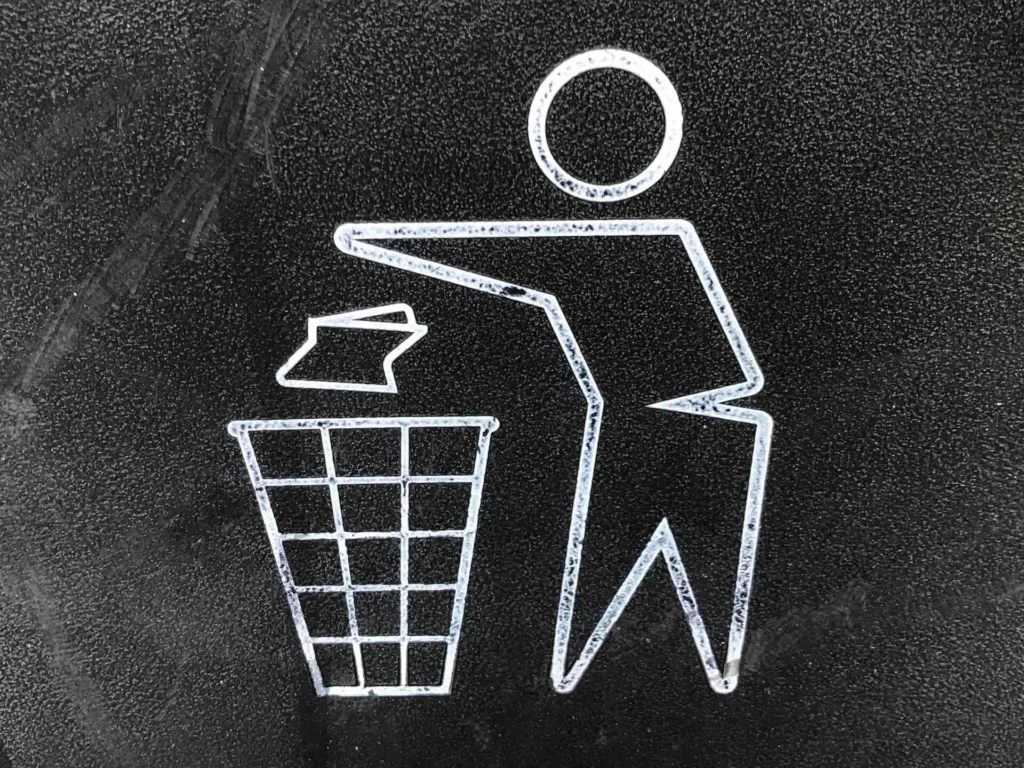
How Does Sorting (Seiri) Help in Creating a Safe Work Environment?
The process of sorting within the 5S methodology is essential for reducing clutter and creating a safe work environment. Clutter can be incredibly distracting and dangerous, making it difficult to find what you need quickly and safely. By sorting through items and eliminating any unnecessary or excess items from the workspace, workers can be sure that they are only dealing with what is needed for production. This also allows for accurate inventory tracking, as any extra materials will no longer be taking up space or potentially causing confusion.
Sorting also helps in the setting in the order stage of the 5S methodology. By having fewer items present, it is much easier to ensure that everything has its proper place. This makes it easier to maintain consistent organization over time and makes it possible to identify any problems more quickly when they arise. When everything is organized, workers can find what they need faster and safer, improving productivity while avoiding potential safety hazards.
Not only does sorting help to reduce clutter and create a safe work environment, but it also helps build a culture of respect by establishing clearer expectations among employees. Sorting out the necessary things ensures that everyone knows exactly what needs to be done to stay on task. This reduces distractions and unnecessary conversations, allowing employees to focus their attention on the job at hand instead of getting sidetracked by irrelevant tasks. In addition, sorting out unnecessary materials sets a standard for cleanliness that cannot easily be ignored or overlooked by employees – keeping them accountable for their actions within the workplace even when no one is watching them directly.

How Setting in Order (Seiton) Helps Understand Roles?
Setting in order (Seiton) is an important step in the 5s methodology and involves creating and organizing a space of work to ensure efficiency. This step helps employees understand their roles and responsibilities at the workplace more clearly, as well as streamlines their workflow. By rearranging items into logical areas and making sure that everything has its own designated place, it becomes easier to identify essential tools and materials. This makes it simpler for workers to find what they need quickly, reducing wasted time spent looking around for items.
Moreover, when each item is properly labeled and stored away, it creates greater transparency in the work environment. By understanding where things go, there’s less risk of confusion or misplacement which can lead to delays or errors. Establishing this kind of efficient storage system can also help prevent costly accidents from happening due to cluttered workspaces. Additionally, Seiton promotes a sense of ownership within employees by encouraging them to take responsibility for their workspace.
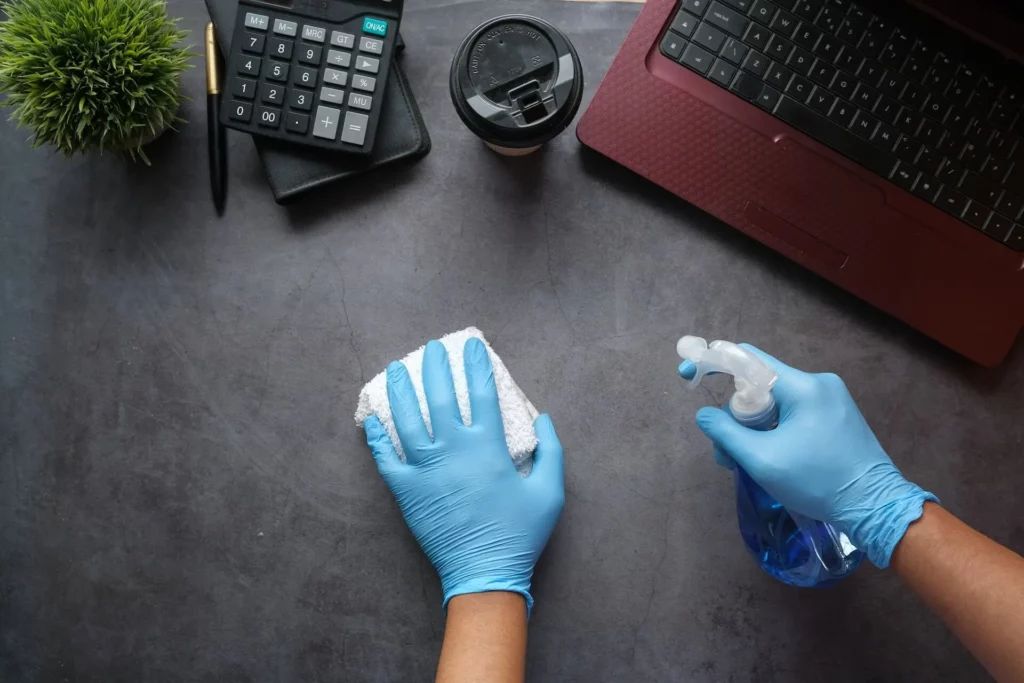
How Does Shining (Seiso) Ensure Surfaces Are Clean and Organized?
With the 5S methodology, shining (Seiso) is a key component of ensuring an efficient and well-organized work environment. Shining emphasizes the importance of keeping all surfaces clean and free from safety hazards, such as slipping hazards and fire risks. Additionally, in order to facilitate a safe and effective workspace, this step of the methodology promotes the regular cleaning of tools, machines, equipment, and other materials used on the job.
Shining also helps to reduce downtime due to unnecessary maintenance or repairs that might occur if surfaces were left unclean and cluttered. This aspect of 5s includes organizing tools and supplies in designated areas so that they can be easily accessed when needed. This helps maximize efficiency since workers don’t have to spend time looking for items or struggling to locate necessary components. It also improves worker morale by providing a better overall working environment.
Furthermore, shining aids in locating defects more quickly due to improved visibility of material condition, especially when it comes to parts with small tolerances. And finally, it ensures that employees are held accountable for any spills or messes that may occur in their workspace so that they can be cleaned up immediately upon discovery.
Overall, shining is an essential step in 5S methodology because it creates a cleaner and more organized workplace that encourages employee productivity while reducing potential risks associated with inefficiently stored hazardous materials or unsafe working conditions.

How Does Standardizing (Seiketsu) Help Ensure Consistency?
Standardizing (Seiketsu) is an essential step in the 5S methodology for workplace organization and efficiency. This step entails creating standards to ensure consistency across production lines and departments. By establishing standard operating procedures (SOPs), employees are provided with clear guidelines for their tasks that can be implemented consistently throughout the organization.
Moreover, standardizing helps to improve productivity by instilling a sense of order in the workspace, thereby reducing time spent on tasks such as searching for needed materials or tools. It also helps reduce errors due to incorrect implementation of processes. The consistency in standards allows workers to move from one process to another without needing to learn new procedures every time which further leads to efficient utilization of resources and improved operational performance.
In addition, standardizing helps create a safe work environment by making sure that all processes are carried out safely according to the established norms. This reduces the risk of accidents and injuries by eliminating unnecessary risks and providing employees with instructions on how to perform their job safely. Furthermore, it ensures compliance with local laws and regulations so that organizations can avoid costly fines or other penalties associated with non-compliance.
Overall, standardizing (Seiketsu) is an important part of the 5S methodology as it helps ensure consistency across production lines and departments while creating a safe work environment with clear guidelines on how tasks should be performed properly. Additionally, it also helps increase efficiency by improving resource utilization and reducing errors due to incorrect implementation of processes.

Why Sustaining (Shitsuke) is Necessary for Long-term Success?
Sustaining (Shitsuke) is an essential step in the 5S methodology to ensure long-term success. This process involves the ongoing adherence to a set of standards and practices that have been established to keep the workplace running efficiently, safely, and productively. A key aspect of sustaining is ensuring that each individual within the organization understands their role in maintaining the standard set by 5S and implementing it daily with discipline.
For this process to be successful, there must be clear expectations from leadership and supervisors who will check regularly that all staff is adhering to the 5S standards. This can take many forms such as regular checks on cleanliness and organization of work areas, as well as team meetings or visual reminders of expectations. Additionally, it is important for employees to be given access to resources that allow them to practice good habits related to 5S and for there to be an atmosphere of rewards and recognition for those who show dedication toward its implementation.
Ultimately, sustaining is necessary for any successful 5S program because it provides a way of reinforcing values associated with organizational excellence while creating a culture where these practices become second nature after extended use. In addition, sustained use of methods associated with 5S has been proven to reduce costs related to inventory losses and turnover rates while improving safety in the work environment and overall morale among employees.
Conclusion
The 5S methodology is an effective way to increase efficiency, reduce waste and create a safe and organized work environment. By sorting out unnecessary items in the workplace, setting up clear orderliness standards, shining all surfaces regularly, standardizing systems for organization, and sustaining these practices over time, you can ensure that your manufacturing process runs smoothly with minimal disruption or unexpected costs. Implementing this system may require some initial effort but it will pay off in increased productivity and better safety results down the road. With these tips on how to use 5S effectively at your facility, you’re now armed with the knowledge necessary to improve operations for success!

